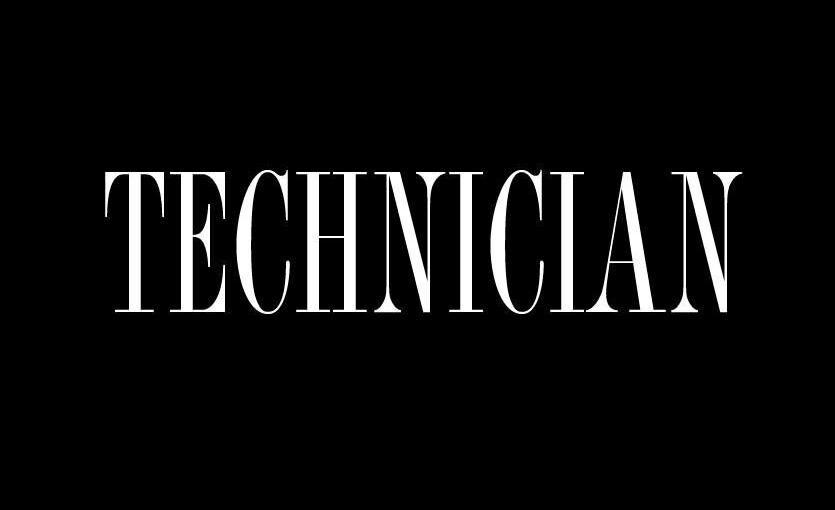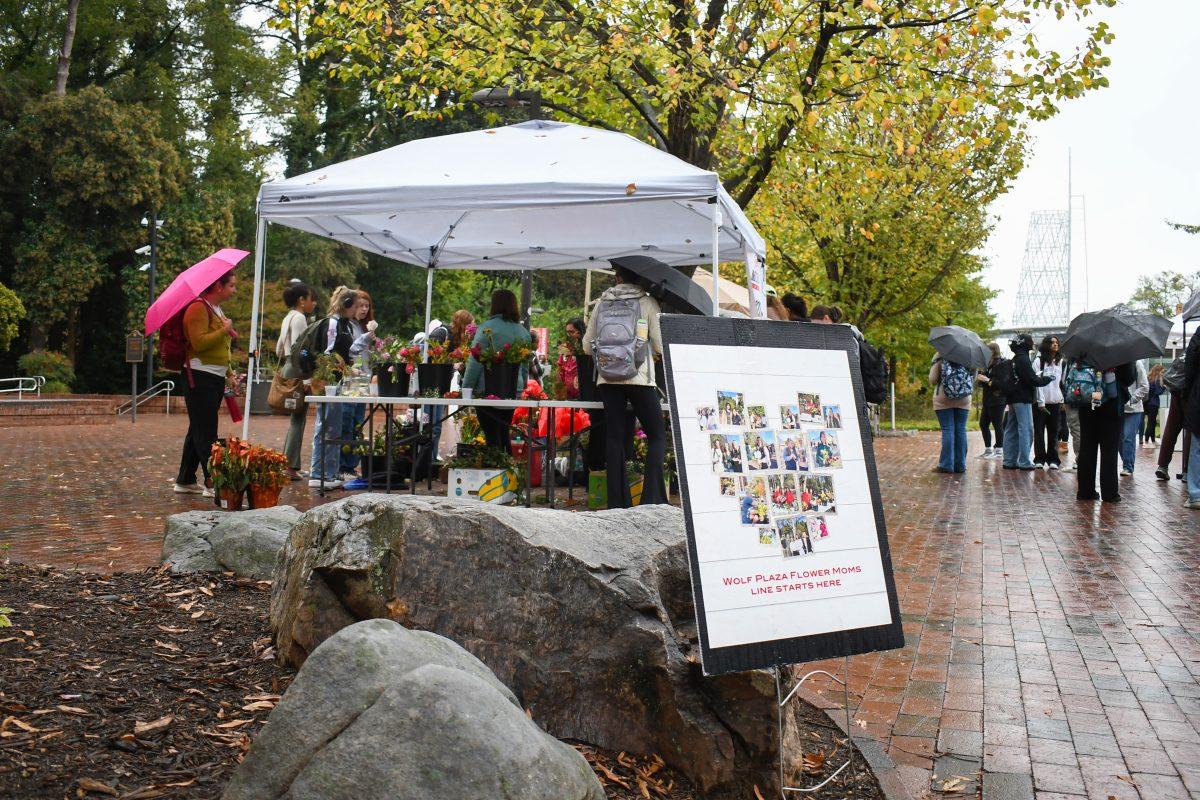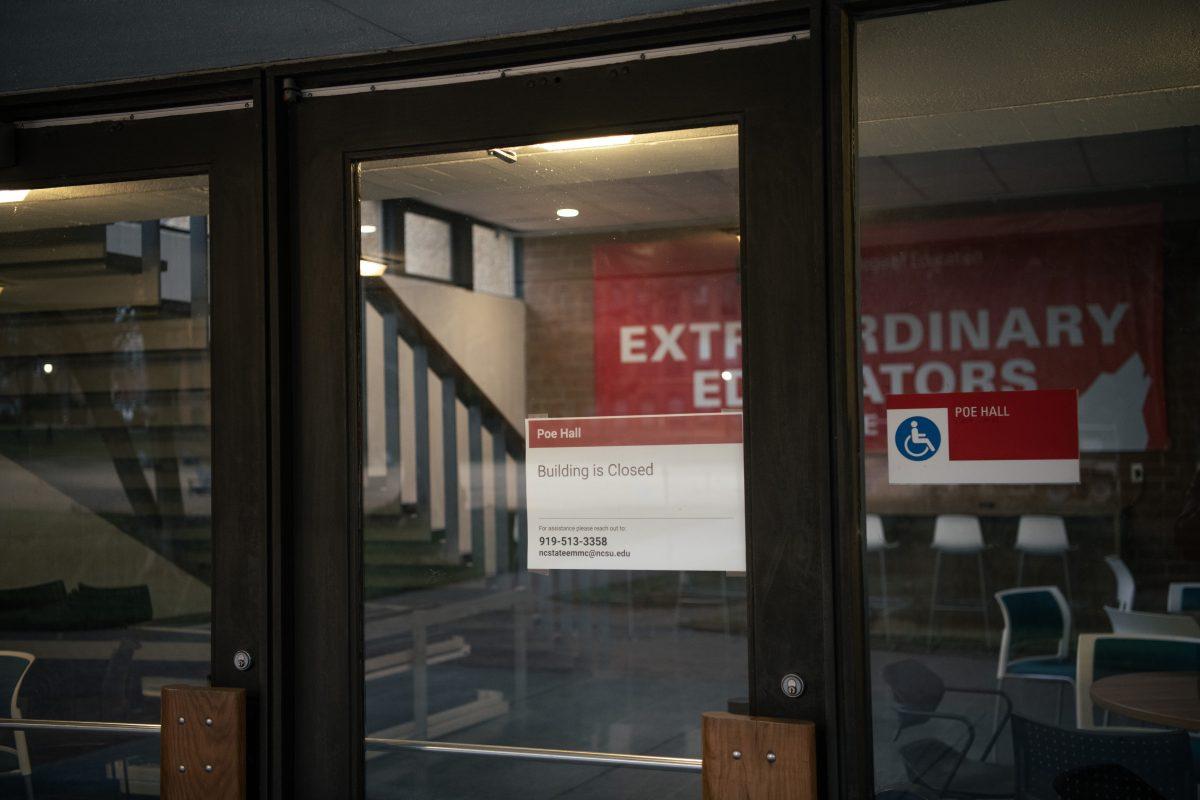Many programs and institutions here at N.C. State are dedicated to the wellbeing of our environment and to making the world a better place to live. Among these programs, the campus’ facilities have their own Green Cleaning program, established in 2010.
With minimal chemical impact on the environment, Green Cleaning makes the air in campus buildings cleaner.
University Housekeeping’s Green Cleaning program was recently awarded recognition for LEED certification points by the United States Green Building Council, and will be used as a template for renovations and new construction taking place on campus in the future.
Randy Reed, deputy assistant director of housekeeping and founder of the Green Cleaning program, discussed its profound impact: “The Green Program helps University Housekeeping keep the momentum going since it is a moving program that can change as new products, methods and services become available,” Reed said. “This program is unique to our University system and reflects our commitment to a new way of thinking and working to make our campus sustainable and more beautiful.”
The program started to take shape in 2004 when University Housekeeping recognized the value of green cleaning. Housekeeping partnered with various companies to introduce what would later become a full line of green cleaning chemicals. When the Chancellor’s Initiative for water and energy conservation was instituted in 2008, University Housekeeping was already ramping up for the next step in the green cleaning process. When Reed and other members of his department fully implemented the program in 2010, it was just the beginning of an ongoing commitment to provide a safer and more compatible environment for students and faculty.
To improve indoor air quality, members of this program use outdoor entrance mats that reduce the amount of dirt that is tracked into the buildings. Additionally, the vacuums and floor burnishers used to have multiple stage HEPA filters that trap 99.9 percent of the fine dust and dirt particles.
When it comes to water conservation, the program instituted the usage of micro fiber mopping systems campus-wide that reduce water usage by up to 90 percent over traditional style mops, contributing to a more effective way of maintenance. Through the use of chemical dispensing systems, Green Cleaning reduces water usage by having these units premix the chemicals, leaving no room for guesswork or waste. They also save trees by not blowing tissues as much so as to counteract the allergic reactions people have to these types of pollutants.
In order to conserve energy, the program uses energy efficient light tubes and ballasts. This not only saves money, but also reduces environmental pollution by recycling them after use. These types of lights also provide increased lighting with a more natural affect without the increased cost. These examples are just a few of the ways this program is designed to establish a safe and environmentally friendly campus.
Ada Baldwin, Director of University Housekeeping, discussed her experiences with this unique program.
“The Green Cleaning program is our way of being able to assist and maintain a sustainable campus,” said Baldwin. “The products and cleaning methods we use also assist with improved indoor air quality for students, faculty and staff. And last but not least we use an Integrated Pest Control Management system that is safe and sustainable for everyone including the pests.”
“The sky literally is the limit,” Reed said. “New techniques, services and products are becoming available everyday as science and technology fields wrap their brains around the green concept.”
Collaborating with the Chancellor and everyone within the facilities department, the Green Cleaning program is continually seeking ways to improve, and to build upon the foundation set forth by this department.
“We are committed as a department to constantly be on the lookout for products that will further improve our efforts to help make N.C. State a university that is not only recognized for its outstanding commitment to educational excellence,” Reed said, “but one that is on the leading edge of science and technology when it comes to having a more environmentally friendly campus that adds to the beauty we see around us every day.”







